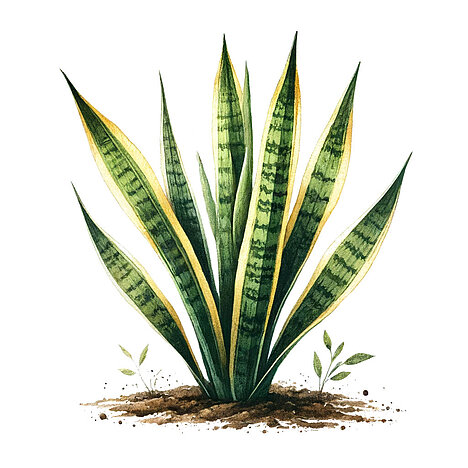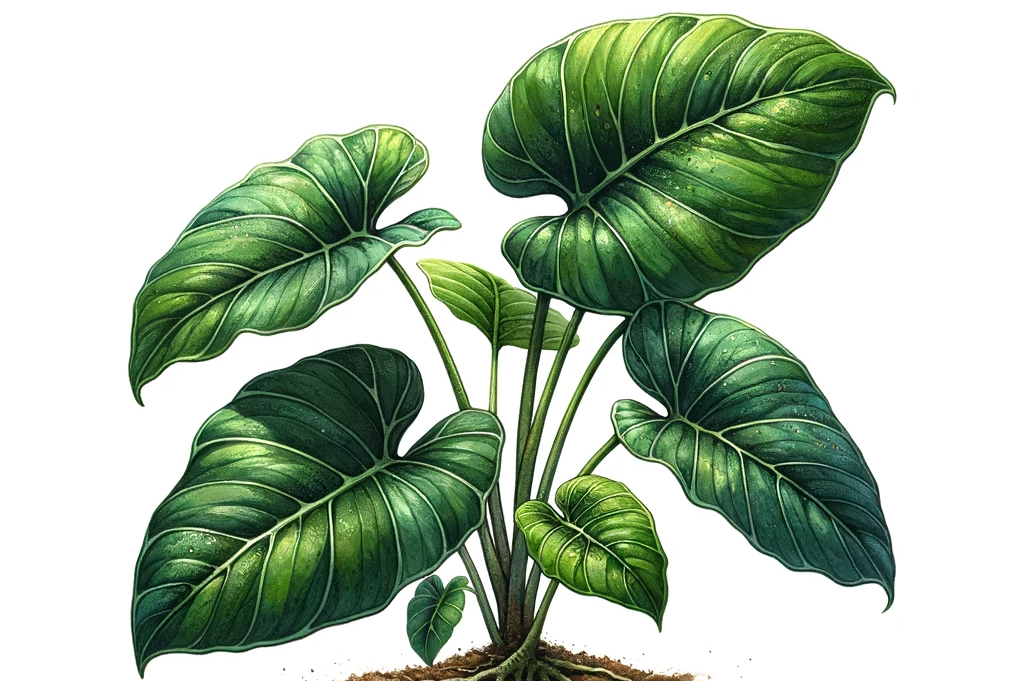Bow hemp

What is hemp?
Bow hemp (Sansevieria) is a genus of plants in the asparagus family. It originates from Africa and Asia and is also known as mother-in-law's tongue or African sisal. The plant is characterized by its robustness and ease of care. It needs little water and light and can grow both in pots and outdoors.
Bowhemp has long, narrow leaves that are usually green or yellow striped. The leaves can grow up to one meter high and are usually vertical or slightly curved from the ground. The plant rarely flowers, but when it does, it forms small white or pink flowers on a long stalk.
Why is bowhemp poisonous to dogs?
Bowhemp contains saponins in all parts of the plant, which serve as protection against being eaten. Saponins are chemical compounds that have a foaming effect and can irritate the mucous membranes. If dogs eat or chew bowhemp, symptoms of poisoning can occur.
The symptoms of bowhemp poisoning in dogs are
- vomiting
- diarrhea
- cramps
- salivation
- shortness of breath
- palpitations
- shock
The severity of the symptoms depends on the amount of plant parts ingested. Even a small piece of hemp can be dangerous for small dogs. For large dogs, larger quantities are required to cause poisoning.
What to do if a dog has eaten hemp?
If you suspect or observe that your dog has eaten bowtie hemp, you should act quickly. First try to find out how much of the plant he has eaten and whether he is already showing symptoms. Make a note of this information for the vet.
Then call the vet immediately or take your dog to the nearest veterinary clinic. The vet will examine your dog and, if necessary, perform a gastric lavage or administer activated charcoal to remove the toxins from the body.
Depending on your dog's condition, he may also be given medication to relieve symptoms or an IV to stabilize his circulation.
How can you prevent bow hemp poisoning in dogs?
The best way to prevent poisoning in dogs is, of course, not to let the plant into the house in the first place or at least to keep it out of reach of the dog.
However, if you don't want to do without your beautiful houseplant, you can take the following measures:
- Put the bow hemp up high or in a closed room where your dog can't reach it.
- Train your dog not to nibble or eat the plants.
- Always supervise your dog well in the house and garden.
If you notice any signs of hypersensitivity or poisoning in your dog, you should see your vet immediately. We are not a substitute for a vet, but we try to be as accurate as possible. Every dog reacts differently and we recommend you get a second opinion or consult your vet if in doubt.
Stay healthy and take good care of your four-legged friend!😊
Similar to Bow hemp
Unfortunately, the Dieffenbachia is not only beautiful to look at, but also poisonous for dogs. The plant contains so-called calcium oxalate crystals, which can cause irritation on contact with the...
Philodendron is a genus of around 600 plant species that mostly grow as climbing or hanging plants. They often have large, glossy leaves that are colored in various shades of green or with colorful...
Unfortunately, ivy is poisonous to dogs. Both the leaves and the berries contain saponins, which can lead to symptoms of poisoning. These are vomitingdiarrheasalivationtremblingshortness of...
Monocots (Spathiphyllum) belong to the arum family and originally come from the tropical rainforests of South America. There are more than 40 different species of monocots, which vary in size, shape...



